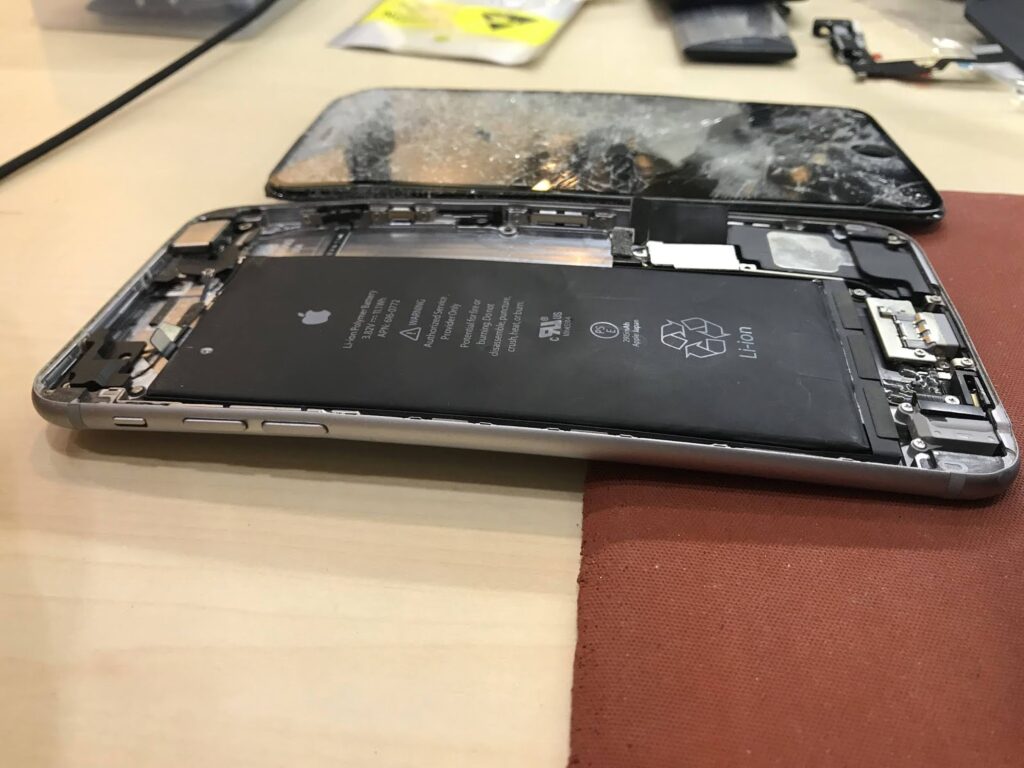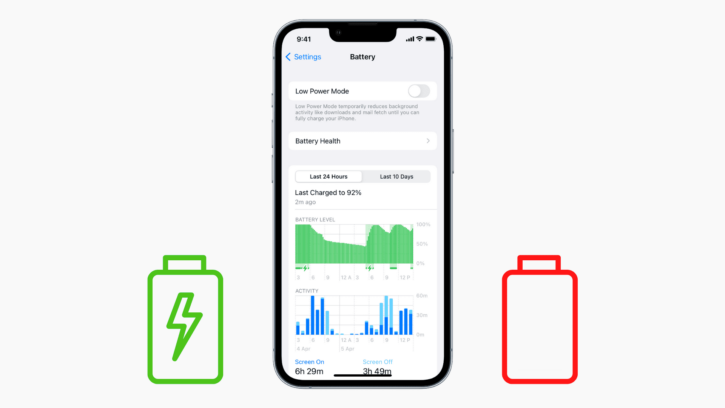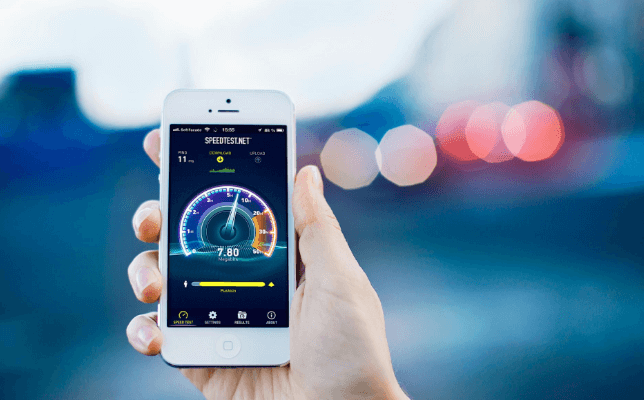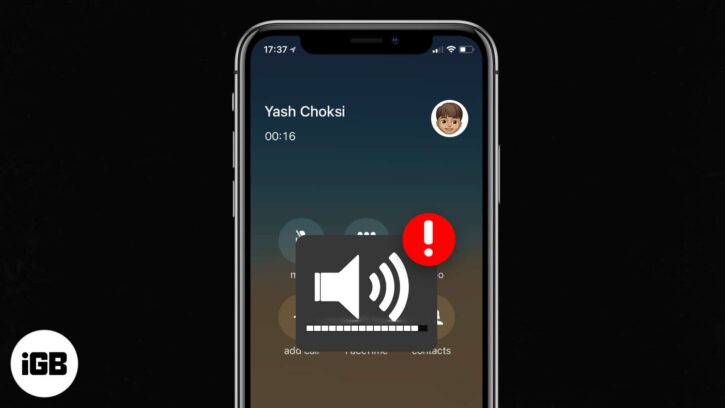
Source: iphoneservice.com.my
When your iPhone starts to act up, the first thing you do is try to fix it. But what if that doesn’t work? What if you can’t even find the problem? In this article, we will teach you how to properly diagnose your iPhone by looking for common signs and symptoms. From there, you can start to troubleshoot and fix the issue yourself or take it in for repair. By following these tips, you will be able to get your iPhone running like new again in no time.
1. Checking the Battery Level

If your iPhone is not turning on, it’s important to check the battery level first. If the battery is low, you can try these tips to diagnose the problem and get your phone working again.
First, try plugging in your phone to a charger and see if it turns on. If it does, then the battery is probably not the issue.
If it doesn’t turn on even when plugged in to a charger, then the battery may be damaged. To check the battery level, go to Settings > General > Battery and tap “Battery Level.” The percentage should show you how much power is left in the battery. If it’s below 50%, then you’ll need to replace or get a iPhone’s motherboard repair.
2. Checking if Your iPhone’s Charging
If your iPhone is not charging, there are a few things you can do to check if the issue is with the battery or the motherboard.
– First, make sure that the power cord is securely connected to both the outlet and your iPhone.
– Next, try swapping out the battery. If the problem persists after replacing the battery, then it may be due to a motherboard issue.
– To determine if this is the case, you will need to perform a hard reset on your iPhone. This will erase all of your data and settings and allow you to start from scratch. If you still experience issues charging your iPhone, please consult an expert for further diagnosis.
3. Testing the Internet and Data Connectivity

If you are having trouble connecting to the internet or particular websites, it’s important to test your data connection first.
To test your data connectivity, open the “Settings” app on your iPhone and go to “General”. Under “Network & Internet”, tap on the “Ping” button. This will show you how long it takes for your iPhone to send a request to a website and receive an answer back.
If you are having trouble connecting to specific websites or if your data connection is slow, then you should try using a different internet service provider (ISP) or changing your DNS settings. You can also try resetting your iPhone by pressing and holding both the power and home buttons for about 10 seconds until you see the Apple logo appear on the screen.
4. Conducting a Home Screen Inspection
There are a few things you can do at home to try and figure out what’s going on with your iPhone before shelling out big bucks at an Apple store. Here are some tips for conducting a home screen inspection:
- Check for responsiveness: If your phone isn’t responsive when you try to tap on something or press down on the screen, it might be time for a new motherboard. Try pressing and holding down on an icon for about two seconds until it responds, then release and see if the app launches. If the app doesn’t launch, there’s a good chance the problem is with the motherboard.
- Look for cracked screens: If there are cracks in your screens, they might not be covered by warranty anymore and could void your phone’s warranty if not fixed properly. Look closely at the corners of the screens and check for any lifting or separation of the LCD panel itself.
- Check for water damage: If there’s any water damage, it’ll likely be visible on the outside of the phone. You can try spraying a sealant like Gorilla Glass 3 All-In-One Repair and Protection spray onto the exterior of your phone to help protect it from future water damage.
5. Troubleshooting Audio and Video Issues

There are a few different things you can do if you’re having audio or video issues with your iPhone. The first thing to do is check to see if there’s something blocking the audio or video output. This could be something as simple as a headphone jack cover, a case, or even some dust on the device. If the issue is with the audio or video itself, then you’ll need to troubleshoot that.
The first step in troubleshooting any audio or video issue is to make sure that your iPhone is connected to an active network and that its battery is fully charged. If you’re using an older iPhone model, it might also help to attach a lightning adapter. Next, try restarting your iPhone by holding down the power and home buttons for about 10 seconds until it begins booting up again. You can also force quit specific apps by pressing and holding on their windows icon for about three seconds until all of their information bar disappears and then select “Force Quit.”
If none of these methods work, then it might be time to take your iPhone into an Apple store for further diagnosis.
6. Checking for other Hardware Issues
If you’re experiencing problems with your iPhone, the first thing to do is check for other hardware issues. Here are a few tips to help diagnose your iPhone’s motherboard:
– Make sure your iPhone is plugged into an outlet and has a charged battery.
– If you’re using a Lightning connector, make sure the cable is properly connected.
– Check for cracked or broken screens. If yours is cracked or broken, try to fix it yourself before taking your phone to a repairperson.
– If you’re experiencing problems with Face ID or Animoji, make sure your face is properly aligned in the camera lens.
Conclusion
If you’re experiencing problems with your iPhone, particularly with battery life or random crashes, it’s important to take the time to diagnose the issue. By following these simple tips, you can put a stop to any potential issues and get your iPhone up and running like new again.









